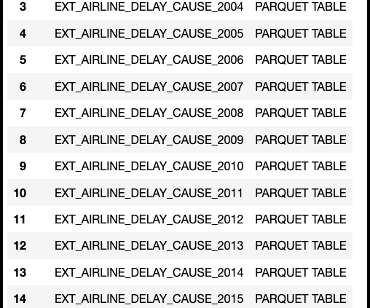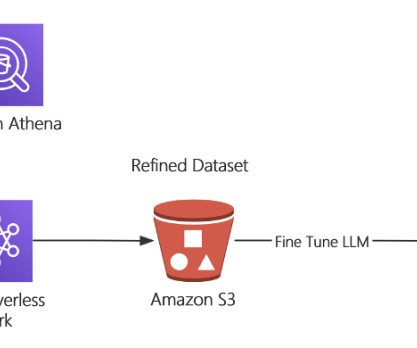Fleet Management and Big Data: Points to Consider
Smart Data Collective
MARCH 8, 2021
According to a forecast by IDC and Seagate Technology, the global data sphere will grow more than fivefold in the next seven years. The total amount of new data will increase to 175 zettabytes by 2025 , up from 33 zettabytes in 2018. This ever-growing volume of information has given rise to the concept of big data.














Let's personalize your content